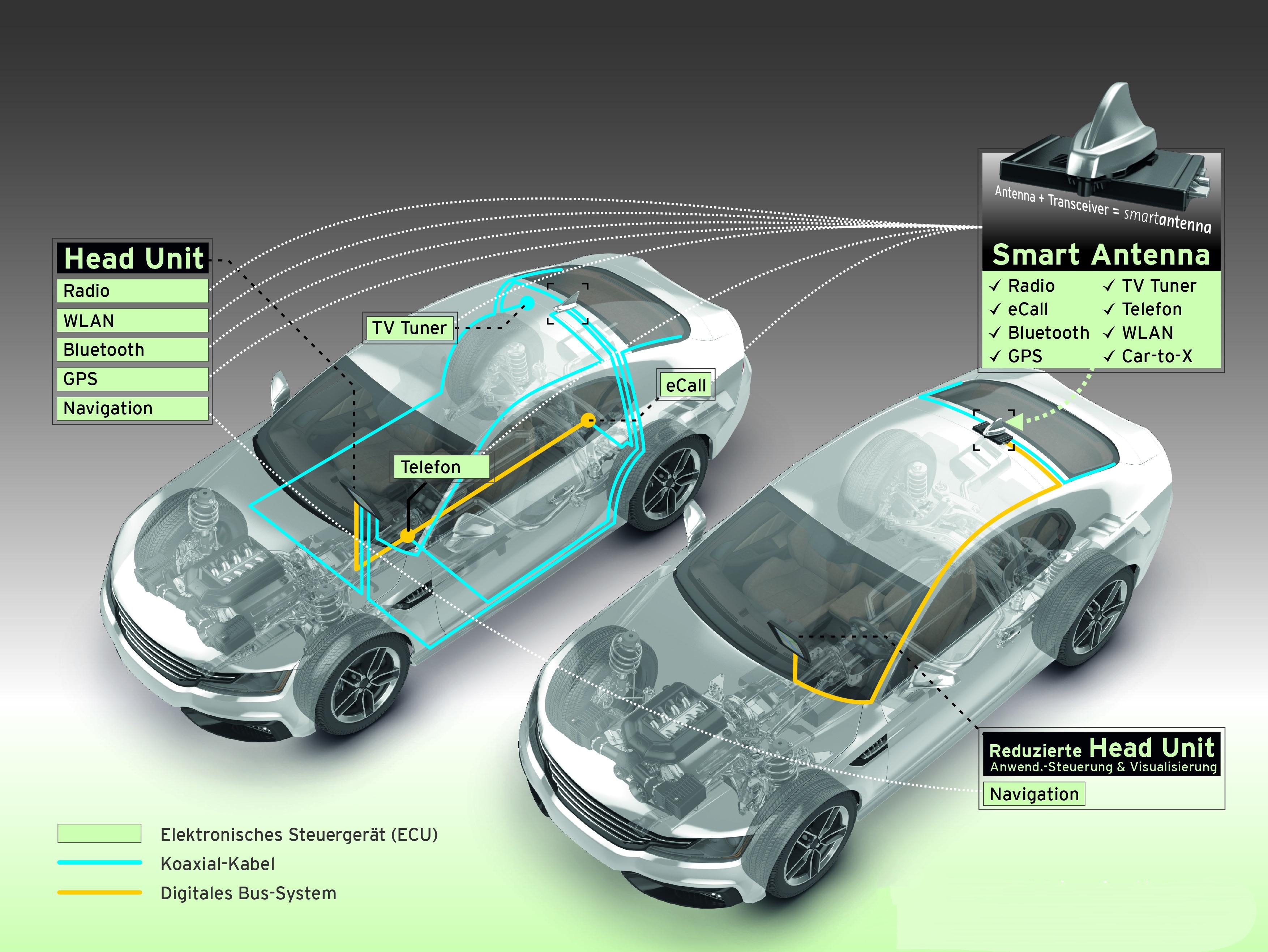Introduction
In the rapidly evolving world of wireless communication and autonomous systems, Vehicle Phased-Array Antennas (VPAAs) are emerging as a game-changing technology. These advanced antennas enable high-speed, reliable connectivity for cars, drones, military vehicles, and even satellites—ushering in a new era of smart mobility and defense innovation.
But what exactly are they, and why are they becoming indispensable? This article dives deep into the science, applications, and future of VPAA technology.
What Are Vehicle Phased-Array Antennas?
phased-array antenna is a sophisticated system that uses multiple radiating elements to steer radio waves electronically—without moving parts. When integrated into vehicles, these antennas become Vehicle Phased-Array Antennas (VPAAs), offering unparalleled advantages in speed, precision, and adaptability.
Key Features:
² Electronic Beam Steering – Unlike traditional antennas, VPAA can instantly redirect signals by adjusting phase shifts, enabling seamless tracking of satellites, 5G base stations, or radar targets.
² High Data Rates – Essential for autonomous cars, VPAA supports ultra-fast 5G, Wi-Fi 6, and satellite communications (e.g., Starlink).
² Compact & Lightweight – Ideal for integration into cars, drones, and military platforms without bulky mechanical systems.
² Resilience to Interference – Multiple beams can be formed simultaneously, reducing signal drops in urban or battlefield environments.
How Do Vehicle Phased-Array Antennas Work?
VPAA relies on beamforming, where tiny antenna elements work in unison to focus signals in specific directions. By precisely controlling the phase and amplitude of each element, the system can:
² Track moving objects (e.g., autonomous vehicle sensors).
² Switch between 5G towers or satellites in milliseconds.
² Enhance radar resolution for military or aerospace use.
Example Use Case:
self-driving car uses VPAA to maintain a low-latency 5G connection while simultaneously communicating with GPS satellites—ensuring navigation accuracy even in dense cities.
Applications of VPAA Technology
1.Autonomous & Connected Vehicles
Enables V2X (Vehicle-to-Everything) communication for safer, smarter roads.
Supports real-time HD mapping and over-the-air (OTA) updates.
2.Military & Defense
Used in armored vehicles, drones, and naval ships for secure, jam-resistant comms.
Enhances electronic warfare (EW) and radar evasion capabilities.
3.Aerospace & Satcom
Critical for in-flight connectivity (e.g., airline Wi-Fi via satellite links).
Enables low-Earth orbit (LEO) satellite tracking for global internet coverage.
4.Drones & UAVs
Ensures stable control links and high-bandwidth data transmission for surveillance or delivery drones.
The Future of VPAA: What’s Next?
With 6G, AI-driven beam optimization, and metamaterials on the horizon, VPAA systems will become even more efficient and affordable. Companies like Tesla, Lockheed Martin, and Huawei are already investing heavily in this space.
Challenges Ahead:
² Cost Reduction – Mass production for consumer vehicles remains a hurdle.
² Thermal Management – High-frequency operation generates heat, requiring advanced cooling solutions.
² Regulatory Hurdles – Spectrum allocation and safety standards vary globally.
Conclusion
Vehicle Phased-Array Antennas are revolutionizing mobility and connectivity, bridging the gap between autonomous tech, defense systems, and global internet access. As the world shifts toward smart transportation and IoT ecosystems, VPAA will undoubtedly play a central role.
Stay tuned—this tech is just getting started!
Want to learn more about cutting-edge antenna technology? Follow AFU for in-depth insights on 5G, satellite communications, and defense electronics!


